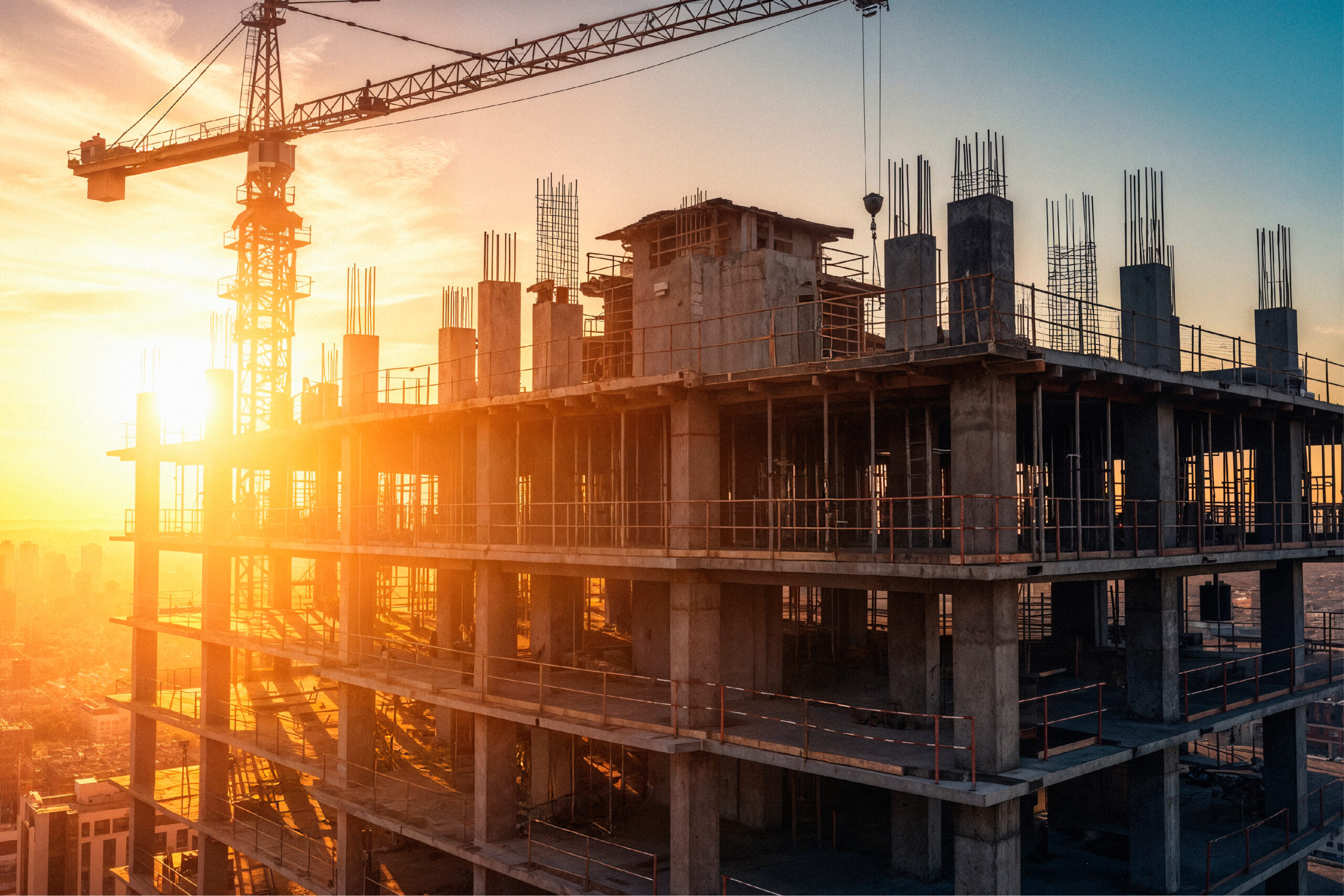End-use buyers face a strategic decision — whether to acquire a ready-to-move-in residence for immediate occupancy or to allocate capital towards an under-construction asset. While the latter has historically been associated with higher delivery risk, the landscape in 2025 is notably different. Projects are now governed by RERA-backed regulatory oversight, stringent escrow compliance, and developer accountability.
This evolving ecosystem has redefined the relevance of under-construction inventory, particularly for Indian HNIs and UHNIs seeking customisation, capital efficiency, and future-ready design. As these dynamics continue to shape the market, it becomes essential to assess the strategic value this segment can offer. To understand the continued relevance of this segment, let’s explore the key benefits of under-construction property in 2025 for end-users.
Advantages of Booking an Under-Construction Property as End-Users
In 2025, the question of "should I buy an under-construction flat" is best answered by examining its strategic merits. For end-users in the luxury segment, these properties offer distinct advantages when backed by due diligence and credible delivery.
1. Price Advantage at Entry
Under-construction homes are priced lower than their ready-to-move counterparts in the same location. In high-demand corridors such as Pune’s western suburbs or Gurgaon’s Golf Course Extension Road, the price differential can range from 10% to 30%. (Sobha)
This lower base cost not only enhances affordability but also improves long-term capital appreciation, especially in projects completing within the next 18–36 months.
2. Capital Appreciation Potential
For buyers not in need of immediate possession, entering early in a project cycle enables higher asset appreciation by the time of completion. This is particularly relevant in micro-markets undergoing infrastructure upgrades, such as Mumbai’s New Cuffe Parade or Pune’s Kharadi.
Additionally, developers often increase pricing in tranches as construction progresses, allowing early buyers to benefit from structured value escalation.
3. Flexible Payment Structure
Unlike ready properties, under-construction homes offer construction-linked payment plans. This phased disbursement allows buyers to align payments with liquidity events or staggered capital deployment, thereby reducing financing pressure.
It also enables financial planning that matches project milestones with investment goals, particularly useful for buyers funding the purchase through asset reallocation or staggered divestments.
4. Customisation and Configuration Flexibility
Developers of high-end projects typically allow limited customisation in flooring, layout, electricals, or interior finishes if the unit is booked in early phases. This flexibility is especially valuable for end-users seeking to tailor a home to their lifestyle or future requirements.
Completed units, on the other hand, may require costly retrofits or compromise on layout, which is non-ideal for long-term habitation.
5. Access to Newer, More Efficient Inventory
Under-construction homes often incorporate newer materials, design efficiencies, and technology integrations. These include better energy ratings, improved ventilation systems, smart home readiness, and modern security systems.
Buyers entering these projects secure residences that are aligned with the latest in home technology, both in terms of functionality and long-term market relevance.
5.Greater Choice in Unit Selection
Buyers of under-construction projects generally have access to a wider range of unit configurations, views, and floor elevations. This enables selection that aligns with long-term value, whether in terms of Vastu compliance, sunlight exposure, or exclusivity of position.
This flexibility diminishes significantly once the project is completed and only residual inventory remains.
Tax Efficiency on Home Loan Repayment
Under-construction properties offer notable tax benefits for end-use buyers financing their purchase through home loans. End-use buyers of under-construction homes can claim up to ₹2 lakh per annum on interest under Section 24(b) and ₹1.5 lakh on principal repayment under Section 80C after possession. An additional deduction of ₹50,000 under Section 80EE or ₹1.5 lakh under Section 80EEA may also apply for eligible first-time homebuyers, depending on loan sanction timelines and conditions. (ClearTax)
Given these fiscal advantages, along with the structural and design benefits, it is worth assessing how under-construction property advantages for end-users compare against ready-to-move-in properties across key decision parameters.
Under-Construction vs Ready-to-Move Homes
To assist end-use buyers in evaluating both options, here is a comparison of under-construction vs ready-to-move homes in India:
| Parameter |
Under-Construction Homes |
Ready-to-Move Homes |
| Price Point |
Lower entry price |
Premium priced |
| Customisation |
High (during early phases) |
Limited or costly |
| Payment Structure |
Staggered, construction-linked |
Lump-sum or full at possession |
| Availability |
Wide unit choice |
Limited inventory |
| Capital Appreciation |
High potential pre-possession |
Lower due to near-peak pricing |
| Immediate Use |
No |
Yes |
Under-construction homes are no longer speculative ventures. When selected with diligence, they present a compelling mix of strategic location, modern design, and financial advantage.
For buyers exploring this segment, a home buying guide for under-construction projects should start with three pillars: regulatory compliance, developer track record, and capital alignment. These form the foundation for a confident, forward-looking investment.
At SQUAREA, we offer curated access to India’s premium real estate opportunities, selected for their financial, legal, and execution credibility. For tailored investment guidance, reach out at hello@squarea.io or call +91 90 9641 9641.





